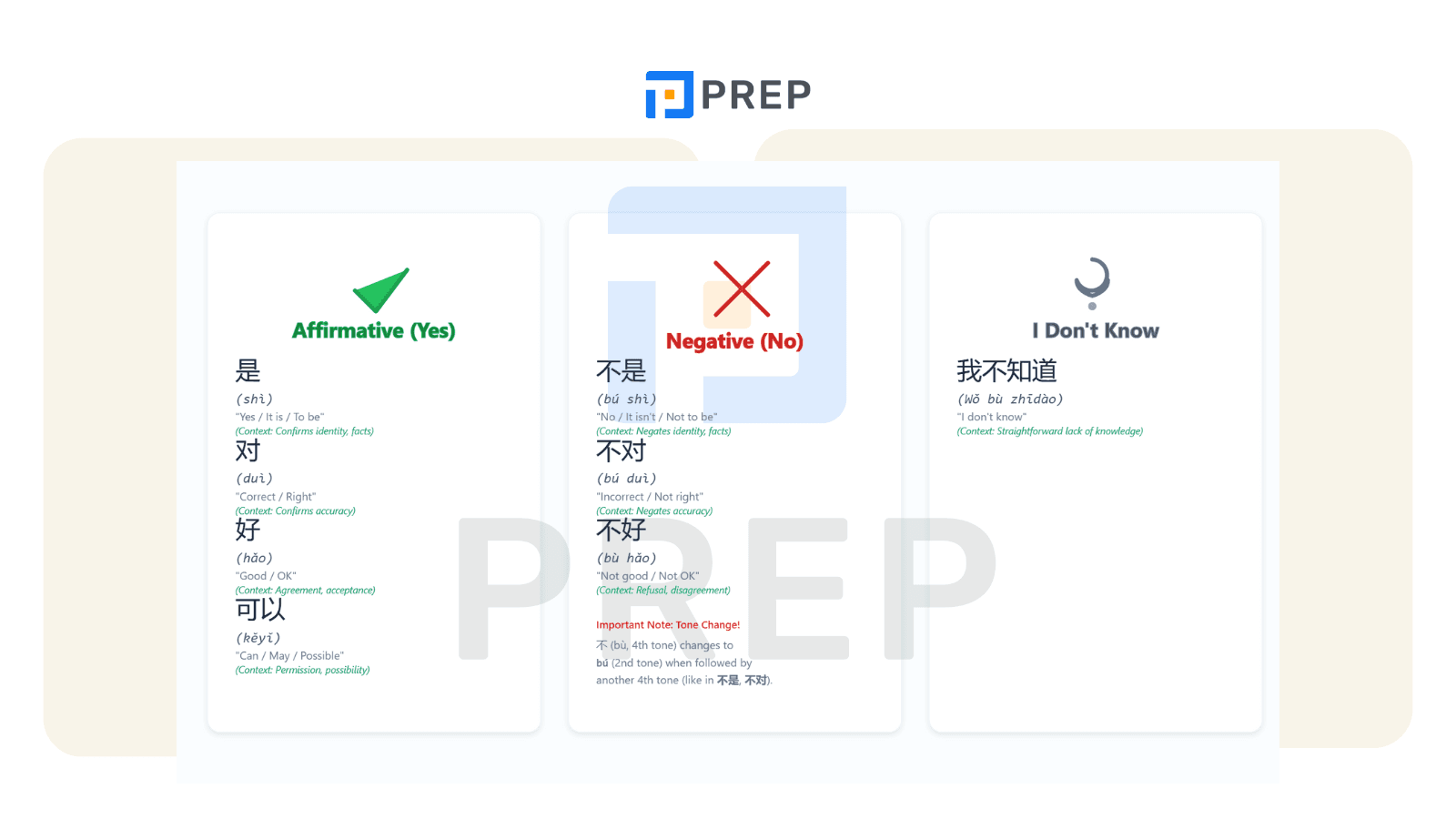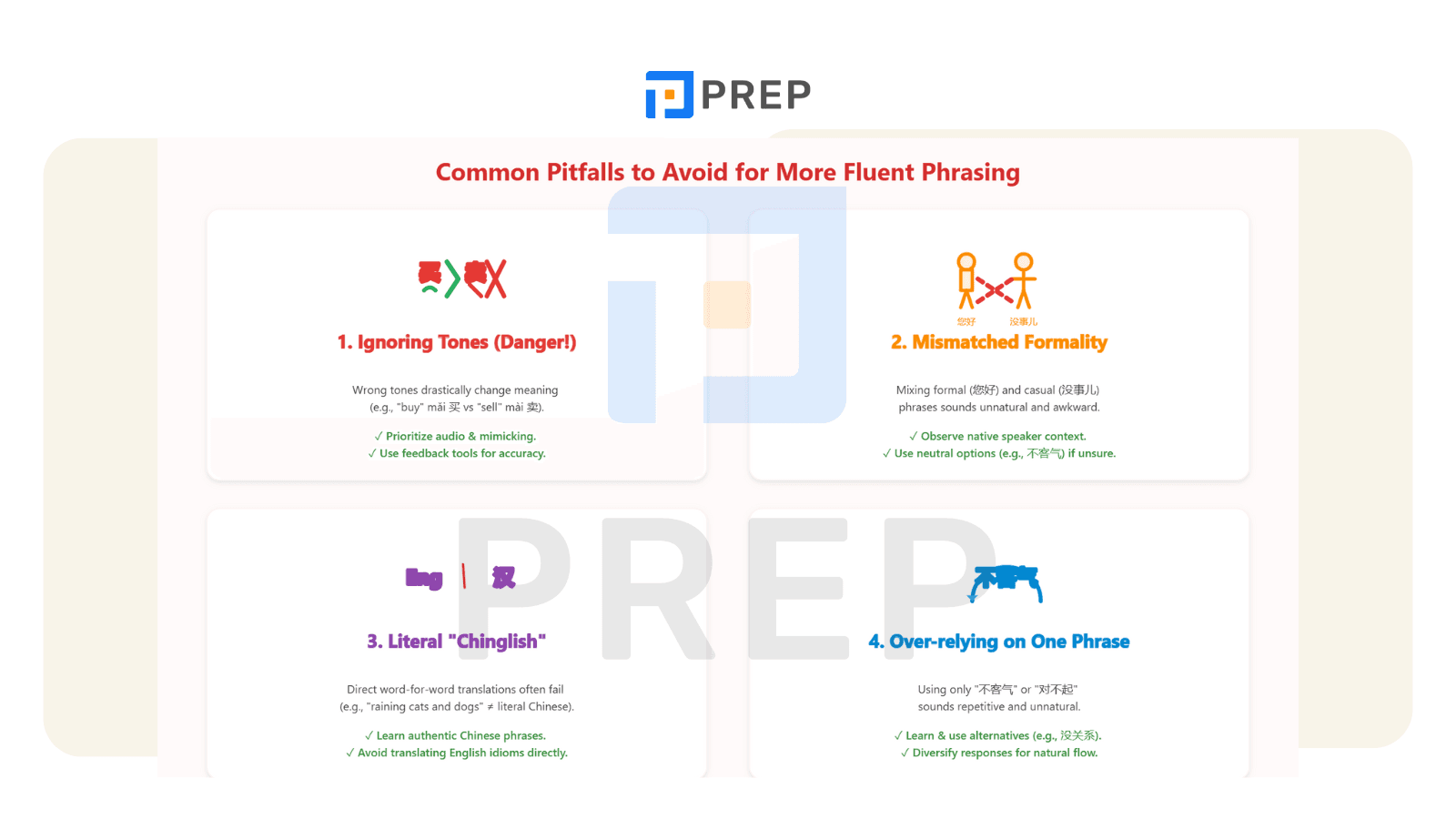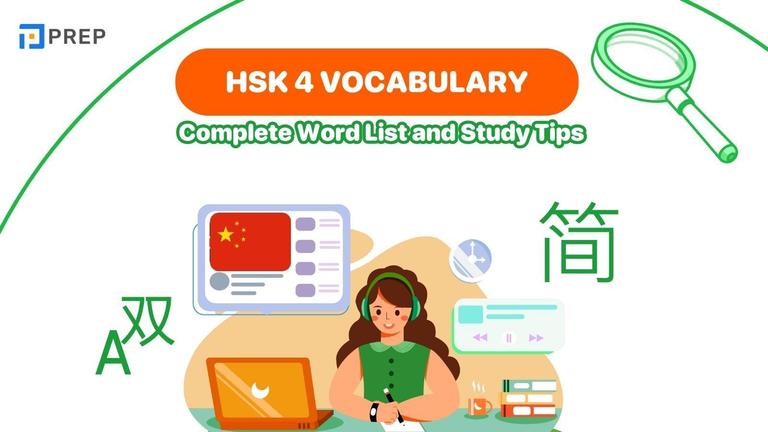Your Essential Guide to Speak and Understand Basic Chinese Phrases with Confidence
Have you ever found yourself enchanted by Chinese culture but hesitant to engage because of the language barrier? Imagine confidently ordering authentic dishes in a local restaurant, navigating Beijing's bustling streets, or connecting with new friends in their native tongue. With just a handful of essential phrases, you can transform from confused tourist to respected visitor in moments.
Learning basic Chinese phrases opens doors to meaningful connections with over a billion Mandarin speakers worldwide. This guide serves as your foundation for mastering essential expressions that facilitate authentic cultural exchanges, whether you're traveling, conducting business, or simply expanding your linguistic horizons.
The beauty of Chinese communication extends far beyond the words themselves. When you say "Nǐ hǎo" (你好) as a greeting, you're not just saying "hello"—you're participating in a cultural exchange with thousands of years of history behind it. Understanding the distinction between casual greetings like "Nǐ hǎo" and formal ones like "Nín hǎo" (您好) demonstrates your respect for Chinese social hierarchies. Similarly, knowing cultural greetings such as "Chī le ma?" (吃了吗? - Have you eaten?) reveals your deeper appreciation for Chinese customs, where caring about someone's well-being often starts with concern for their basic needs.
The tonal nature of Mandarin adds another fascinating dimension. A single syllable pronounced with different pitch patterns can carry entirely different meanings—making "mā" (mother), "má" (hemp), "mǎ" (horse), and "mà" (scold) completely distinct words. This musicality of the language transforms even basic conversations into opportunities for precision and mindfulness in communication.
This guide walks you through essential Chinese phrases organized by common scenarios—from polite greetings and expressions of gratitude to practical shopping terms and restaurant vocabulary. Each section provides not just the basic chinese phrases, but crucial cultural context, pronunciation tips, and potential pitfalls to avoid.
Ready to begin your journey into Mandarin communication? Let's start with the most fundamental building block of any language: how to say hello and make a positive first impression in Chinese culture.
- I. Starting Strong: Essential Chinese Greetings
- II. Politeness Fundamentals: Thank You, You're Welcome, Sorry
- III. Asking Questions: The Key to Interaction
- IV. Navigating Daily Life: Practical Phrases for Common Situations
- V. Basic Responses: Affirmative, Negative, and Understanding
- VI. Sounding Right: The Importance of Tones and Pronunciation in Phrases
- VII. Beyond Memorization: Using Phrases Effectively
- VIII. FAQs: Refining Your Use of Chinese Phrases
- IX. Common Pitfalls to Avoid for More Fluent Phrasing
- X. Conclusion: Building Confidence Phrase by Phrase

I. Starting Strong: Essential Chinese Greetings
The first step in mastering any language lies in its greetings. In Chinese culture, how you say hello sets the tone for the entire interaction. These foundational common chinese phrases establish rapport and demonstrate your respect for cultural norms, opening pathways to meaningful connections with native speakers.
1. Saying "Hello": Ni Hao (你好), Nin Hao (您好), and When to Use Each
The standard greeting "Ni Hao" and its formal counterpart "Nin Hao" represent your first critical distinction in chinese phrases. The choice between these two forms signals your understanding of social hierarchy and situational awareness.
-
Ni Hao (你好) - [nǐ hǎo] - "Hello": Use this standard greeting with peers, friends, younger people, or in casual settings. This is your everyday, go-to greeting.
-
Nin Hao (您好) - [nín hǎo] - "Hello" (respectful): Reserve this form for elders, superiors, teachers, clients, or formal occasions. The character 您 shows respect and acknowledges the status of the person you're addressing.
Pronunciation Tip: Mastering the Third Tone Dip
The third tone in Mandarin presents a distinct challenge for beginners. When pronouncing "Ni Hao," both syllables technically have third tones (nǐ hǎo), which creates a unique phenomenon. When two third tones appear consecutively, the first transforms into a second tone—making the actual pronunciation closer to "ní hǎo." This tone sandhi rule dramatically improves your natural flow when speaking common mandarin phrases.
2. Beyond "Hello": Common Ways to Greet People
Chinese culture offers several contextual greetings beyond the standard "hello" that demonstrate cultural awareness and appropriate timing:
-
Time-Based Greetings: 早上好 (zǎoshang hǎo) - "Good morning" and 晚上好 (wǎnshang hǎo) - "Good evening" work well in slightly more formal contexts than casual interactions.
-
Casual Modern Greetings: 嗨 (hāi) - "Hi" works among younger people or friends, while 喂 (wèi) specifically functions as a telephone greeting, similar to "Hello?" when answering calls.
-
Cultural Greeting: 吃了吗? (chī le ma?) - "Have you eaten?" serves as a traditional greeting showing care for the other person's wellbeing. This isn't necessarily a literal inquiry about meals but functions as a warm "How are you?" equivalent. Responding with 吃了 (chī le) - "I've eaten" or 还没 (hái méi) - "Not yet" completes the social exchange.
II. Politeness Fundamentals: Thank You, You're Welcome, Sorry
Politeness forms the cornerstone of effective Chinese communication. In Chinese culture, expressing gratitude appropriately, responding to thanks with grace, and offering sincere apologies demonstrate your respect for social harmony and relationships. These basic mandarin phrases will serve you well in nearly every interaction.
1. Expressing Gratitude: Mastering "Xièxie" (谢谢) and Variations
Chinese offers several ways to express thanks, each carrying subtle differences in formality and emphasis:
-
Basic Thanks: 谢谢 (xièxie) - "Thank you" works in most situations, while 谢谢你/您 (xièxie nǐ/nín) - "Thank you (informal/formal)" directly acknowledges the specific person you're thanking.
-
Emphasizing Gratitude: 多谢 (duōxiè) - "Many thanks" suggests slightly deeper appreciation, while 非常感谢 (fēicháng gǎnxiè) - "Thank you very much" expresses profound gratitude in formal settings.
-
Contextual Thanks: 麻烦你了 (máfan nǐ le) acknowledges "Sorry for the trouble" while implicitly thanking someone who helped with something difficult. Similarly, 辛苦了 (xīnkǔ le) - "You've worked hard" recognizes someone's effort and functions as thanks for their labor or assistance.
2. Responding Gracefully: How to Say "You're Welcome" in Chinese
The two primary responses to thanks in Chinese each carry different nuances. 不客气 (bú kèqi) literally means "don't be polite/formal" and appears in most situations, while 不用谢 (bú yòng xiè) translates to "no need to thank" and tends toward slightly less formal contexts. Note the critical tone change on 不 (bù becoming bú) when followed by another character—an essential pronunciation detail for mastering basic chinese expressions.
-
Modest/Casual Responses: 没什么 (méi shénme) - "It's nothing" and 没事(儿) (méi shì(r)) - "No problem" offer more casual, humble ways to dismiss thanks. The optional 儿 (r) sound adds a northern Chinese accent.
-
Humble Responses: 应该的 (yīnggāi de) - "It's what I should do" and 小事一桩 (xiǎo shì yī zhuāng) - "It's a small matter" emphasize your sense of duty or the trivial nature of your assistance.
Pitfall Alert: Relying on just one response pattern makes your Chinese sound robotic. Match your response's formality level to the situation and alternate between phrases for more natural speech.
3. Saying Sorry: Choosing Between "Duìbuqǐ" (对不起) and "Bù Hǎoyìsi" (不好意思)
These two common apology expressions serve distinct purposes in Chinese communication. 对不起 (duìbuqǐ) works for genuine faults or more serious issues where you bear responsibility, such as bumping into someone or making a significant mistake. In contrast, 不好意思 (bù hǎoyìsi) functions more flexibly for minor inconveniences, embarrassment, or even getting someone's attention—similar to "Excuse me" in English.
-
Formal Apology: 抱歉 (bàoqiàn) serves as a slightly more formal apology, appropriate in professional settings or when addressing someone of higher status.
4. Accepting Apologies: Common Responses
When someone apologizes to you in Chinese, these mandarin easy phrases help you acknowledge their apology gracefully:
-
没关系 (méi guānxi) - "It doesn't matter/It's not a problem"
-
没事 (méi shì) - "It's nothing/It's okay"
-
不要紧 (bú yàojǐn) - "It's not serious/Don't worry about it"
III. Asking Questions: The Key to Interaction
Questions form the backbone of learning and interaction in any language. Mastering key question words and structures in mandarin phrases dramatically expands your ability to seek information and engage in meaningful exchanges.
1. Essential Question Words (Who, What, Where, When, Why, How)
These fundamental question words enable you to formulate inquiries on any topic:
-
谁 (shuí) - "Who" - 他是谁? (Tā shì shuí?) - "Who is he/she?"
-
什么 (shénme) - "What" - 这是什么? (Zhè shì shénme?) - "What is this?"
-
哪里/哪儿 (nǎlǐ/nǎr) - "Where" - 洗手间在哪里? (Xǐshǒujiān zài nǎlǐ?) - "Where is the restroom?"
-
什么时候 (shénme shíhou) - "When" - 你什么时候到? (Nǐ shénme shíhou dào?) - "When will you arrive?"
-
为什么 (wèishénme) - "Why" - 为什么迟到了? (Wèishénme chídào le?) - "Why are you late?"
-
怎么 (zěnme) - "How" (method) - 怎么做? (Zěnme zuò?) - "How do you do it?"
-
怎么样 (zěnmeyàng) - "How" (quality) - 味道怎么样? (Wèidào zěnmeyàng?) - "How is the taste?"
-
多少/几 (duōshao/jǐ) - "How many/How much" - 多少钱? (Duōshao qián?) - "How much money?" (Use 几 for small quantities under 10)
These questions form the foundation of chinese words and sentences that you'll use in daily conversations.

2. Forming Simple Yes/No Questions
Chinese offers two primary methods for forming yes/no questions, each with subtle differences in emphasis:
The first method adds 吗 (ma) to the end of a statement to transform it into a question. For example, 你是学生 (Nǐ shì xuésheng) - "You are a student" becomes 你是学生吗? (Nǐ shì xuésheng ma?) - "Are you a student?"
The second method uses the verb-not-verb structure, repeating the key verb or adjective in both positive and negative forms. For instance, 你是不是学生? (Nǐ shì bú shì xuésheng?) - "Are you or are you not a student?" This construction often carries slightly more emphasis or urgency than using 吗.
IV. Navigating Daily Life: Practical Phrases for Common Situations
These practical chinese phrases equip you for everyday scenarios, from finding your way around unfamiliar places to ordering food and making purchases. Mandarin chinese phrases for daily situations will be some of the most frequently used expressions in your language toolkit.
1. Travel Essentials: Getting Around and Accommodation
Master these expressions to navigate transportation and lodging with confidence:
-
Directions: 怎么走? (Zěnme zǒu?) - "How do I get there?", 左拐 (zuǒ guǎi) - "Turn left", 右拐 (yòu guǎi) - "Turn right", 直走 (zhí zǒu) - "Go straight"
-
Transportation: 打表 (dǎ biǎo) - "Use the meter" (for taxis), 一张票 (yì zhāng piào) - "One ticket", 去机场 (qù jīchǎng) - "Go to the airport"
-
Accommodation: 预订房间 (yùdìng fángjiān) - "Reserve a room", WiFi密码是什么? (WiFi mìmǎ shì shénme?) - "What's the WiFi password?", 退房 (tuì fáng) - "Check out"
2. Ordering Food and Dining Out: From Menu to Bill
Navigate restaurants with these essential dining chinese phrase expressions:
-
Ordering: 菜单 (càidān) - "Menu", 我要这个 (Wǒ yào zhège) - "I want this one", 来一瓶水 (Lái yì píng shuǐ) - "Bring a bottle of water", 来一杯咖啡 (Lái yì bēi kāfēi) - "Bring a cup of coffee"
-
Payment: 买单 or 结账 (mǎi dān or jié zhàng) - "Check, please", 可以刷卡吗? (Kěyǐ shuā kǎ ma?) - "Can I pay by card?"
-
Basic Needs: 水 (shuǐ) - "Water", 筷子 (kuàizi) - "Chopsticks", 纸巾 (zhǐjīn) - "Napkins"
3. Basic Shopping Phrases
These mandarin sayings help you navigate marketplaces and stores effectively:
-
多少钱? (Duōshao qián?) - "How much does it cost?"
-
太贵了 (Tài guì le) - "Too expensive"
-
便宜一点? (Piányi yìdiǎn?) - "Can you make it cheaper?"
-
可以刷卡/支付宝吗? (Kěyǐ shuā kǎ/zhīfùbǎo ma?) - "Can I pay with card/Alipay?"
V. Basic Responses: Affirmative, Negative, and Understanding
These foundational responses form the building blocks of conversation, allowing you to affirm, deny, or indicate your level of comprehension. These popular chinese phrases will help you maintain the flow of any conversation.
1. Saying Yes, No, and "I Don't Know"
Chinese offers several ways to express agreement or disagreement:
-
Affirmative: 是 (shì) - "Yes/It is" (for identity/facts), 对 (duì) - "Correct", 好 (hǎo) - "Good/OK" (for agreements), 可以 (kěyǐ) - "Can/Possible" (for permissions)
-
Negative: 不是 (bú shì) - "No/It isn't" (for identity/facts), 不对 (bú duì) - "Incorrect", 不好 (bù hǎo) - "Not good" (for refusals). Note the critical tone change on 不 when followed by a fourth tone (变成 bú).
-
I don't know: 我不知道 (Wǒ bù zhīdào) - a straightforward way to admit lack of knowledge.

2. Expressing Comprehension (Or Lack Thereof)
These chinese phrases in chinese help you navigate understanding or request clarification:
-
I understand: 懂了 (dǒng le) or 明白了 (míngbai le) - both indicate comprehension, with 懂了 focusing more on comprehension of concepts while 明白了 relates to understanding instructions.
-
I don't understand: 不懂 (bù dǒng) or 不明白 (bù míngbai) indicate general lack of comprehension, while 没听懂 (méi tīng dǒng) specifically means "I didn't understand what I heard."
-
Please say again: 请再说一遍 (Qǐng zài shuō yíbiàn) - a polite way to request repetition.
VI. Sounding Right: The Importance of Tones and Pronunciation in Phrases
Tones fundamentally change meaning in chinese phrases. Consider the difference between 我要买东西 (Wǒ yào mǎi dōngxi) - "I want to buy something" and 我要卖东西 (Wǒ yào mài dōngxi) - "I want to sell something." The single tonal change on 买/卖 (third tone mǎi vs. fourth tone mài) completely reverses your intention.
The third tone sandhi rule we discussed with 你好 (nǐ hǎo → ní hǎo) applies throughout Chinese. Whenever two third tones appear in sequence, the first transforms into a second tone. This linguistic pattern improves flow and prevents the awkward double-dipping sound of consecutive third tones.
Similar transformations occur with 不 (bù), which changes to a second tone (bú) when followed by a fourth tone character. Examples include 不是 (bú shì), 不客气 (bú kèqi), and 不对 (bú duì). This subtle change significantly enhances the natural rhythm of your learn chinese phrases journey.
Many common phrase endings feature neutral tones (without tone marks), such as the second syllable in 谢谢 (xièxie). These unstressed syllables create the characteristic cadence of spoken Mandarin. Mastering these tonal patterns through consistent practice builds the foundation for natural-sounding Chinese.
VII. Beyond Memorization: Using Phrases Effectively
Chinese generally follows Subject-Verb-Object (SVO) structure, similar to English, making basic sentences relatively straightforward. For example, 我喜欢中国菜 (Wǒ xǐhuan Zhōngguó cài) - "I like Chinese food" follows the familiar SVO pattern found in many chinese language phrases.
Context remains paramount when selecting chinese phrases. The distinction between formal and informal language (您 vs. 你, 谢谢您 vs. 谢谢你) signals your awareness of social dynamics and demonstrates respect in appropriate situations.
Effective learning requires active practice. Even imperfect attempts at speaking these mandarin language phrases create valuable learning opportunities. Consider finding language partners through exchange programs or apps that connect you with native speakers, allowing you to apply these phrases in authentic conversations.
The true mastery of phrases in mandarin comes not just from knowing the words, but from understanding when and how to use them appropriately. Cultural context shapes the effective use of language far more than perfect pronunciation or grammatical accuracy.
VIII. FAQs: Refining Your Use of Chinese Phrases
1. Is "Ni Hao Ma?" (你好吗?) Really How Native Speakers Ask "How Are You?"
While textbooks often present 你好吗? (Nǐ hǎo ma?) as the standard "How are you?" equivalent, native speakers rarely use this phrase in daily conversation. Instead, Chinese speakers typically ask 吃了吗? (Chī le ma?) - "Have you eaten?" or 最近怎么样? (Zuìjìn zěnmeyàng?) - "How have you been recently?" These culturally authentic common phrases in mandarin better reflect genuine Chinese communication patterns. When seeking to sound more natural, adopt these native alternatives rather than the textbook standard.
2. What Are "Measure Words" and Do They Affect Common Phrases?
Measure words (量词 - liàngcí) function as counters that appear between numbers and nouns in Chinese phrases. These classificatory words group objects by their physical characteristics or abstract qualities. For example, 一本书 (yì běn shū) - "one book" uses the measure word 本 (běn) specifically for bound items like books or magazines. Similarly, the demonstrative phrase 这个人 (zhè ge rén) - "this person" employs the general measure word 个 (gè) between the demonstrative 这 (zhè) and the noun. While complex, even basic measure words dramatically improve the natural flow of your learn chinese mandarin phrases efforts.
3. Which Phrases Are Best for Formal vs. Informal Situations?
Context-appropriate language demonstrates cultural awareness and respect. In formal contexts, prioritize phrases like 您好 (nín hǎo) instead of 你好 (nǐ hǎo), 请问 (qǐngwèn) - "May I ask" before questions, and 应该的 (yīnggāi de) - "It's what I should do" when responding to thanks. For informal situations, 嗨 (hāi) - "Hi", 没事儿 (méi shìr) - "No problem" with the Beijing-accent 儿 sound, and casual thanks like 谢啦 (xiè la) create a friendly, relaxed tone. Matching basic sentences in chinese to the social context significantly enhances communication effectiveness.
4. Is Learning Phrases or Grammar Rules More Important for Beginners?
For beginners, practical chinese phrases to know provide immediate communicative power, while grammar rules offer long-term flexibility. Start with core phrases that meet immediate needs—greetings, thanks, basic questions—to build confidence and enable essential interactions. Gradually incorporate simple grammar patterns to understand how these phrases function structurally, allowing you to create new combinations. This balanced approach delivers both immediate results and sustainable progress, preventing the common frustration of knowing rules without practical application skills.
IX. Common Pitfalls to Avoid for More Fluent Phrasing
1. Pitfall 1: Ignoring Tones (The Biggest Danger!)
Tonal errors can transform your intended meaning entirely—turning "buy" (mǎi) into "sell" (mài) or "ask" (wèn) into "kiss" (wěn). To avoid this fundamental mistake, prioritize listening to native audio, mimic native speakers precisely, and use feedback tools that analyze your tonal accuracy. Spending extra time mastering the four tones plus neutral tone early in your learning journey prevents major communication barriers later and improves your essential mandarin phrases.
2. Pitfall 2: Mismatched Formality Levels
Mixing overly formal phrases with casual expressions creates an unnatural, disjointed impression. For instance, using the formal 您好 (nín hǎo) greeting followed by casual 没事儿 (méi shìr) creates stylistic inconsistency. When uncertain, observe how native speakers adjust their language in different contexts or default to neutral options like 不客气 (bú kèqi) for "you're welcome" which work in most situations. This consistency is important for all mandarin chinese basic phrases.
3. Pitfall 3: Literal "Chinglish" Translations
Direct word-for-word translations often produce nonsensical results. While "long time no see" works as 好久不见 (hǎo jiǔ bú jiàn) because it originated from Chinese, most English expressions have different Chinese equivalents. For instance, "It's raining cats and dogs" doesn't translate literally—use 下大雨 (xià dà yǔ) - "It's raining heavily" instead. Learn authentic phrases in chinese rather than constructing translations from English patterns.
4. Pitfall 4: Over-relying on a Single "You're Welcome" or "Sorry"
Using only 不客气 (bú kèqi) for every "you're welcome" situation or 对不起 (duìbuqǐ) for every apology creates monotonous, unnatural speech. Diversify your response patterns with alternatives like 没关系 (méi guānxi) - "It doesn't matter" or 不好意思 (bù hǎoyìsi) - "Excuse me/I'm embarrassed" in appropriate contexts. This variation demonstrates greater language proficiency and cultural awareness in your use of basic phrases in chinese.

X. Conclusion: Building Confidence Phrase by Phrase
Mastering important phrases in chinese empowers you to navigate everyday situations with increasing confidence. From essential greetings to practical questions, from showing politeness to expressing basic needs, these foundational expressions open doors to meaningful interactions with Chinese speakers worldwide.
Remember that tones transform meaning, context shapes appropriate expression, and consistent practice builds natural fluency. Even imperfect attempts create valuable opportunities for growth and connection. The journey of learn mandarin phrases develops not just linguistic skills but cultural understanding and interpersonal connections.
As you build your repertoire of basic sentences in mandarin, consider deepening your knowledge through structured courses that systematically develop your vocabulary, grammar, and pronunciation skills. Whether preparing for the HSK examination or enhancing your conversational abilities, consistent exposure to authentic language usage accelerates your progress toward fluency.
The path to Chinese language mastery begins with these chinese basic sentences and chinese common phrases—each one a stepping stone toward richer communication and cultural understanding. Chinese phrases for beginners may seem challenging at first, but with consistent practice, you'll find yourself naturally incorporating common chinese sentences and common sentences in chinese into your daily conversations.
For travelers and business professionals, focusing on mandarin phrases for beginners provides immediate practical benefits. These phrases chinese expressions serve as your gateway to authentic cultural experiences and meaningful connections. The versatility of chinese beginner phrases allows you to navigate a wide range of situations with growing confidence.
Remember that common phrases chinese and common phrases in chinese often carry cultural nuances that enhance your understanding of Chinese perspectives and values. These simple chinese phrases may appear straightforward, but they open doors to complex cultural exchanges. By mastering basic phrases in mandarin, you demonstrate respect for the language and its speakers.
The journey from basic to advanced fluency begins with these chinese basic phrases and expands as you incorporate more chinese popular phrases into your vocabulary. Even easy chinese phrases can create meaningful connections when pronounced correctly and used in appropriate contexts. Ultimately, these useful chinese phrases and basic chinese sayings become your tools for authentic cross-cultural communication.
For those interested in business or formal settings, understanding chinese english phrases and their appropriate usage is particularly valuable. Likewise, knowing how chinese phrases in english are commonly expressed helps you bridge communication gaps effectively. Whether you're mastering a common chinese phrase for everyday use or learning specialized vocabulary, each expression enhances your communicative capabilities.
For beginners, focusing on easy mandarin phrases provides quick wins and builds confidence. From there, you can explore english to mandarin phrases resources to expand your vocabulary systematically. Each mandarin phrase you master brings you closer to genuine fluency and cross-cultural understanding.
Start speaking today, and watch your confidence grow with every interaction.

Hi I'm Chloe, and I am currently serving as an Product Content Administrator at Prep Education. With over five years of experience in independent online IELTS study and exam preparation, I am confident in my ability to support learners in achieving their highest possible scores.
Comment
Premium content
View allPersonalized roadmap
Most read












